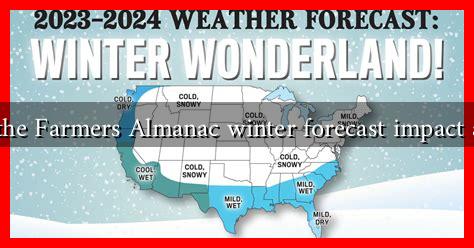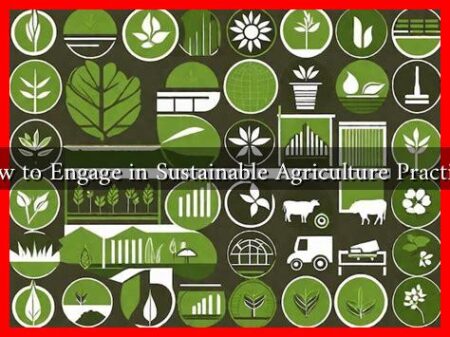-
Table of Contents
- How Will the Farmers Almanac Winter Forecast Impact Agriculture?
- The Importance of Accurate Weather Forecasting in Agriculture
- Key Factors in the Farmers Almanac Winter Forecast
- Impact on Crop Planning and Management
- Case Studies: Real-World Applications of the Farmers Almanac Forecast
- Challenges and Limitations of the Farmers Almanac Forecast
- Conclusion: The Farmers Almanac as a Tool for Agricultural Success
How Will the Farmers Almanac Winter Forecast Impact Agriculture?
The Farmers Almanac has been a trusted source for weather predictions since its inception in 1818. Each year, it releases a winter forecast that farmers, agriculturalists, and even casual gardeners closely monitor. This article explores how the Farmers Almanac’s winter forecast can significantly impact agriculture, influencing everything from crop planning to pest management.
The Importance of Accurate Weather Forecasting in Agriculture
Weather plays a crucial role in agricultural productivity. Farmers rely on accurate forecasts to make informed decisions about planting, harvesting, and managing crops. The Farmers Almanac uses a combination of solar cycles, historical weather patterns, and meteorological data to predict seasonal weather trends.
. Understanding these forecasts can help farmers mitigate risks associated with adverse weather conditions.
Key Factors in the Farmers Almanac Winter Forecast
The Farmers Almanac’s winter forecast typically includes predictions about:
- Temperature: Expected highs and lows can affect crop viability.
- Precipitation: Snowfall and rainfall levels influence soil moisture and crop health.
- Frost Dates: Early or late frosts can damage crops and affect yields.
For instance, a forecast predicting a colder-than-average winter may lead farmers to take precautions against frost damage, while a milder winter could encourage earlier planting of certain crops.
Impact on Crop Planning and Management
Farmers use the Farmers Almanac’s winter forecast to plan their crop cycles effectively. Here are some ways the forecast can influence agricultural practices:
- Crop Selection: Farmers may choose to plant hardier varieties that can withstand colder temperatures if a harsh winter is predicted.
- Timing of Planting: Accurate frost date predictions allow farmers to time their planting schedules more effectively, reducing the risk of crop loss.
- Pest Management: Understanding winter conditions can help farmers anticipate pest populations. For example, milder winters may lead to increased pest survival rates.
In 2020, for example, a forecast predicting a mild winter led many farmers in the Midwest to plant early spring crops, resulting in a bumper harvest that year.
Case Studies: Real-World Applications of the Farmers Almanac Forecast
Several farmers have successfully utilized the Farmers Almanac’s winter forecasts to enhance their agricultural practices:
- Case Study 1: A corn farmer in Iowa used the Almanac’s predictions to adjust his planting schedule, resulting in a 15% increase in yield compared to previous years.
- Case Study 2: A vineyard owner in California relied on frost date predictions to protect his grapevines, ultimately saving his crop from frost damage.
These examples illustrate the tangible benefits of leveraging the Farmers Almanac’s insights for agricultural success.
Challenges and Limitations of the Farmers Almanac Forecast
While the Farmers Almanac provides valuable insights, it is essential to recognize its limitations:
- Generalized Predictions: The forecasts are often broad and may not account for localized weather patterns.
- Reliance on Historical Data: The Almanac’s methodology is based on historical trends, which may not always accurately predict future conditions.
Farmers should consider the Almanac’s forecasts as one of many tools in their decision-making arsenal, supplementing them with local weather reports and expert advice.
Conclusion: The Farmers Almanac as a Tool for Agricultural Success
The Farmers Almanac winter forecast serves as a valuable resource for farmers and agriculturalists, providing insights that can significantly impact crop planning and management. By understanding temperature, precipitation, and frost predictions, farmers can make informed decisions that enhance productivity and mitigate risks. While the Almanac has its limitations, its historical data and trends can be instrumental in guiding agricultural practices. As the agricultural landscape continues to evolve, integrating traditional forecasting methods with modern technology will be crucial for future success.
For more information on the Farmers Almanac and its forecasts, visit FarmersAlmanac.com.





